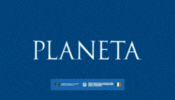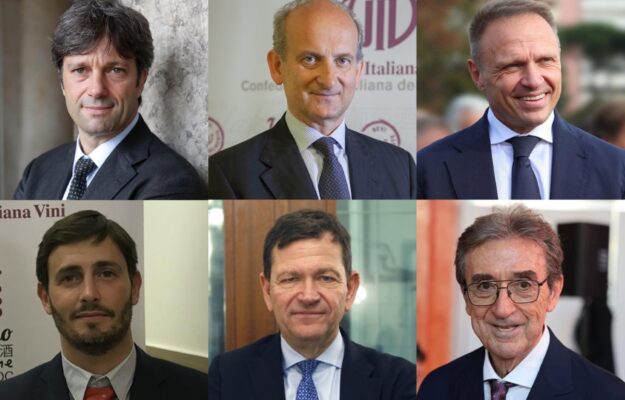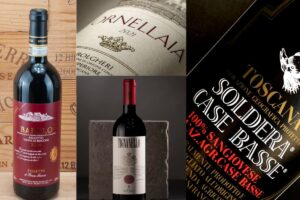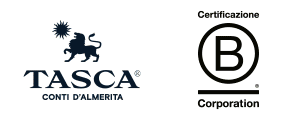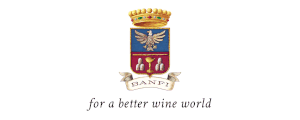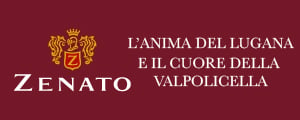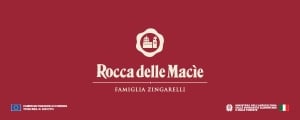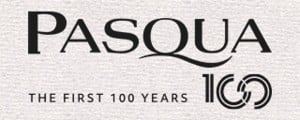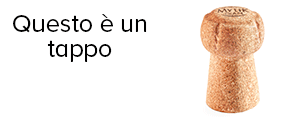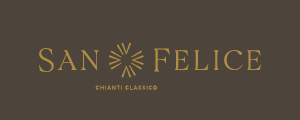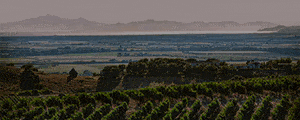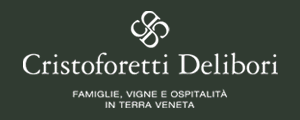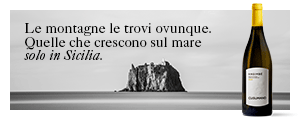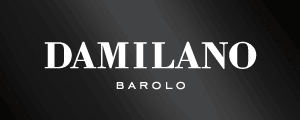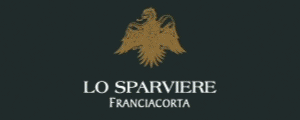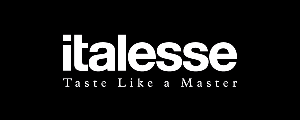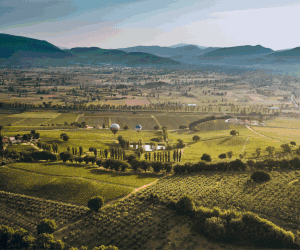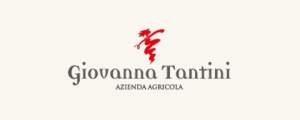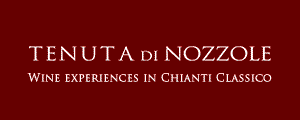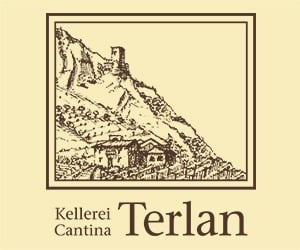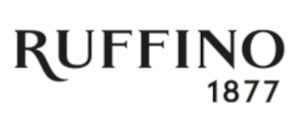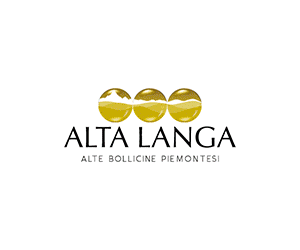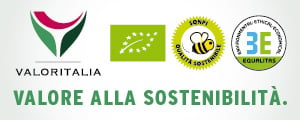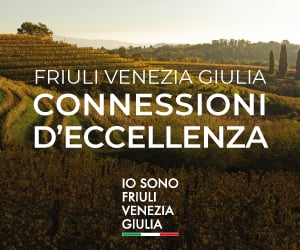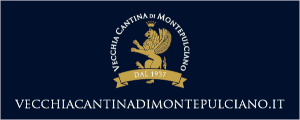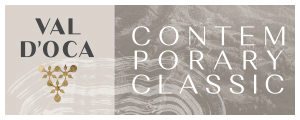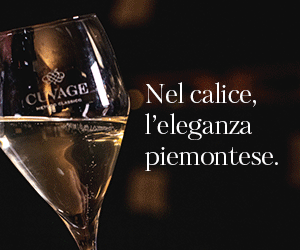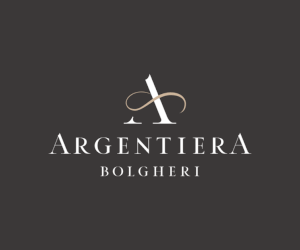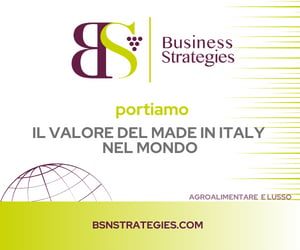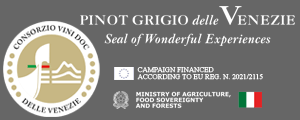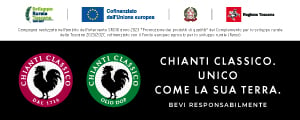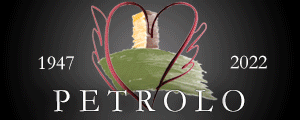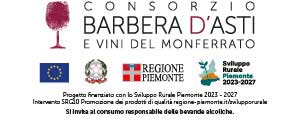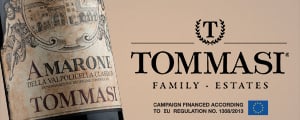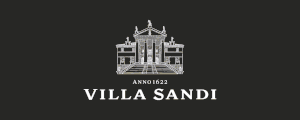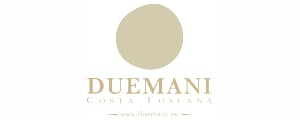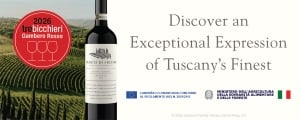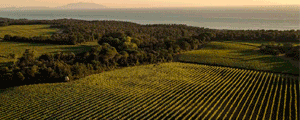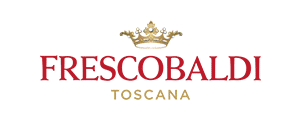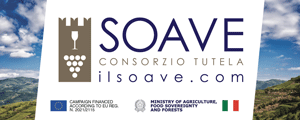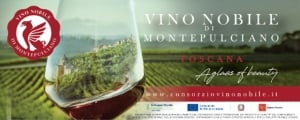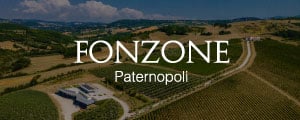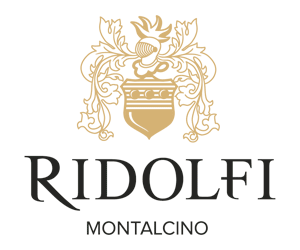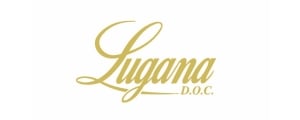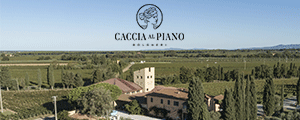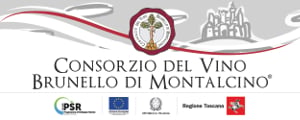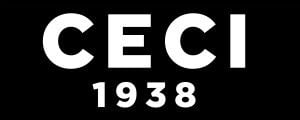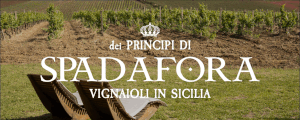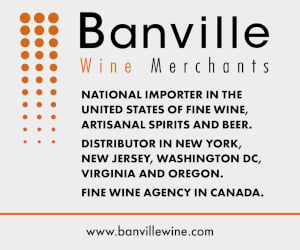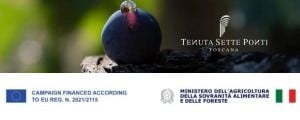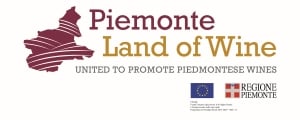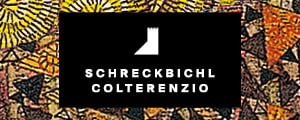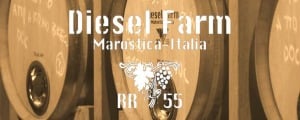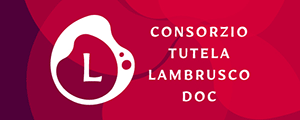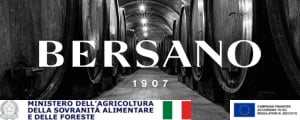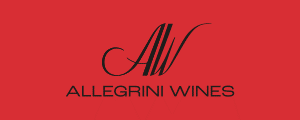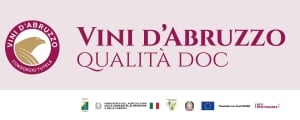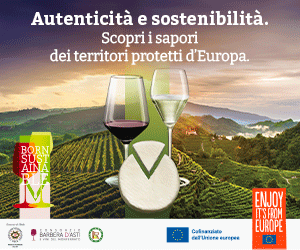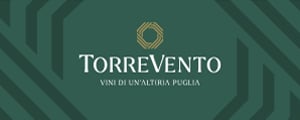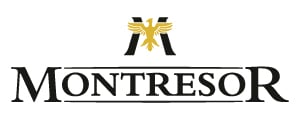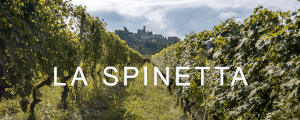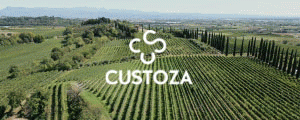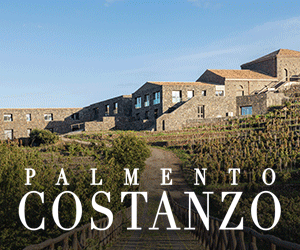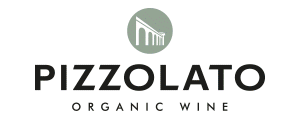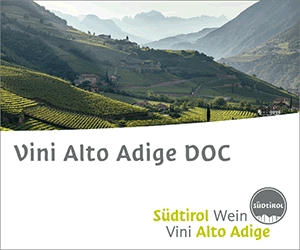There are those who argue that the problems in wine market are quite serious, with also exports beginning to suffer, and those who, instead, claim that things are (still) not going badly and that one shouldn’t exaggerate; someone, looking solely at the figures, says that cellar stocks are in line with those of a year ago (around 37 million hectoliters), while others, analyzing the data, point out that 18 million hectoliters less have been produced over the past two years compared to the previous two years; someone seriously considers uprooting vineyards in certain areas to reduce production in response to a sluggish market, while others see this only as a last resort to be avoided at all costs, preferring instead a one- or two-year planting freeze or a different management of new planting authorizations (at maximum 1% per year according to Eu regulations); who views favorably the idea of reducing yields per hectare for Pdo wines to limit production, perhaps by blocking the possibility of claiming excess volumes as Pgi, while others argue that such a freeze would further harm producers in areas where wine value is not very high; who calls for a supply chain pact, urging those with margins to make sacrifices, for example, asking restaurants to lower wine markups to sell more bottles, and who underlines that costs have risen and margins have been squeezed even for restaurants, leaving little room for maneuver. These are many different, and in some cases conflicting views from voices representing the wine supply chain, reflecting the real complexity of a sector situation that some call a crisis and others do not, but from which it is extremely difficult to find countermeasures. What everyone agrees on, however, is the awareness that we are in a phase of deep change, where the market must be understood and listened to more than ever, along with the conviction that wine, which has accompanied humanity for millennia and has overcome many difficult moments, even worse than the current one, will certainly not disappear from shelves and tables around the world. This is the picture which emerged during the presentation of the 2025 harvest estimates by Assoenologi, Ismea, and Unione Italiana Vini (Uiv), held today in Rome, with remarks from, among others, Minister of Agriculture Francesco Lollobrigida, Ice president Matteo Zoppas, Uiv president Lamberto Frescobaldi, Assoenologi president Riccardo Cotarella, Ismea director general Sergio Marchi, and Ceev secretary general Ignacio Sanchez Recarte.
“Italian wine is facing a complex phase, with a positive harvest but a saturated market and penalizing U.S. tariffs, even if at the base rate of 15%. Despite a 4% drop in export volumes, the value remained stable at 3.2 billion euros in the first five months of 2025 compared to the same period last year. The U.S. market remains strategic, and although there was a 5.79% growth from January to May this year, we must not assume this trend will continue, as it is driven by stocking dynamics and a sell-out that offers little reassurance”, said Ice president Matteo Zoppas, emphasizing that “the figures are somewhat worrying. In this context, Ice Agency is strengthening its role in supporting made in Italy, assisting Italian companies with diversified strategies. These include organizing Vinitaly.USA on October 5th and 6th, in Chicago, and Simply Italia in Miami and Dallas; promoting alliances with U.S. partners (importers, suppliers, restaurateurs) for joint initiatives to raise awareness against duties; and opening new internationalization paths by accelerating diversification towards new markets. In the first half of 2025, we have already carried out 20 promotional initiatives dedicated to wine, involving over 240 companies and 440 operators, with another 35 under evaluation. The quality of Italian wine and our commitment to “education & tasting” will allow us to overcome this saturated market phase, consolidating the sector’s international leadership”. Regarding U.S. tariffs, Zoppas added, “we still hope for developments from the ongoing negotiations between the U.S. and the EU which have never stopped”.
And yet, “considering both the past and the present, we must remain optimistic. Things could get worse, but that’s not a given - said Minister of Agriculture Francesco Lollobrigida - we come from a record-breaking 2024 for wine exports, reaching 8 billion euros. We’ve seen growth, and we must work to prevent problems by implementing well-structured solutions. The French taught us for years how to add value to quality products, but today, and for some time now, we have nothing left to learn from anyone. We should focus on our own strengths without trying to emulate others. Yes, there are tariffs in the U.S., but what worries me even more is the devaluation of the dollar. In any case, we’re working to have wine exempted from tariffs, together with other European countries. The drop in consumption is another issue, and in this regard, the shift in U.S. health guidelines (today more oriented towards moderate alcohol consumption rather than the “no safe level” approach) is an important signal. We need to invest more in promotional support. We established Tavolo Vino - Wine Roundtable to understand how to address a situation that, based on the figures, can’t be called a crisis. I’m not in favor of uprooting vineyards; at most, we can consider conversion, but abandoning land and spending resources to do so is not acceptable. It would also go against the idea of the farmer as a steward of the land. We’ll seek other paths, other visions, aiming for broad consensus where unanimity isn’t always possible. But we need a long-term strategy. Wine will remain essential, we must ensure both quantity and value of the product. Soon, we’ll bring together associations to identify the most effective approach for a campaign on responsible consumption, taking into account health, controls, and product safety. In terms of promotion, we’ve strengthened synergies with Vinitaly, not only to have a major showcase in Verona, but also through events like the one in Chicago, and not only. I’m also thinking of the wine initiatives by BolognaFiere (with Fivi-Italian Federation of Independent Winemakers and Slow Wine), which we’re supporting”.
Indeed, “the strength of Italian wine is not in question, given that Italy ranks first in production, second in export value, and third in consumption - said Ismea director general Sergio Marchi - and even cellar stocks aren’t excessive, as they’re in line with last year’s levels”. Figures confirm this, but as emphasized by Unione Italiana Vini (Uiv) president Lamberto Frescobaldi and secretary general Paolo Castelletti, “we’re coming off a two-year period in which we produced 18 million hectoliters less than the previous two years, otherwise the situation would be very different. We must listen to the market, which today tells us that the ideal harvest volume would be around 40 million hectoliters, no more”. We need to reduce production, but in my view, uprooting vineyards is not the right path. Vineyards generate wealth, just consider that, on average, they require 220 hours of labor per hectare, compared to crops like corn, which require only 9 hours. Vineyards mean jobs, and therefore territorial stewardship. Take Montalcino, for example, that 30 or 40 years ago, without widespread vineyards, it was a completely different place”. In my opinion - added Frescobaldi - the most useful approach would be to reduce yields, and I applaud those consortia which have cut them by up to 20% to preserve value and profitability. Of course, it’s a sacrifice, but we should go further and revise the Testo Unico del Vino - Wine Consolidated Act, specifically by prohibiting Pdo surplus from being reclassified as Pgi. Otherwise, there’s still too much wine, and the real production potential of Pgis remains unclear. So, removing vineyards is a wound for producers, and we can’t ask the State, and therefore taxpayers, to fund uprooting after years of financing new plantings. Instead, we could consider freezing new plantings for one or two years, revisiting the current 1% annual cap. But even here, we must reflect, because not all businesses or regions have the same needs, and we shouldn’t overly restrict entrepreneurial freedom. Also, let’s not forget that bank liquidity is often tied to land value: fewer vineyards or lower-value grapes would complicate that too”, still said Frescobaldi. According to him, “we toast to an excellent vintage in terms of quality, but not quantity. Under current market conditions, it will be difficult to ensure fair compensation across the supply chain with a harvest of 47.4 million hectoliters, plus an estimated 37 million hectoliters already in cellars. These challenges affect not only Italy but all wine-producing countries. The quality of our wine is undisputed, but even good wine loses value when there’s too much of it. In this historical moment, we propose revisiting production models, starting with the legislative framework of the Wine Consolidated Act, aiming to create an accordion system for our production potential, one that can expand or contract based on market dynamics. The decisive battle will be fought in trade, and we hope to launch an extraordinary promotional campaign, led by a public-private partnership, in the U.S. and other promising markets”.
Still, we must not give in to pessimism, reiterated Assoenologi president Riccardo Cotarella. “It feels like we’re preparing for a funeral, but that’s not the case. There are serious problems, some we’ve created ourselves, others are external, but wine has overcome worse. In 1986 (the year of the methanol scandal), we didn’t sell a single bottle for months, yet wine came back stronger than ever. We face major challenges, and we have high production levels. We’re the only country in the world that has increased vineyard surface area since 2016. Another issue is the lack of entrepreneurial mindset among producers: we must move beyond improvisation and making wine solely out of passion without planning, as many do. Otherwise, how do we explain new plantings in areas where the market is in crisis? A vineyard isn’t a crop you can change every year like potatoes or tomatoes. And, while it’s true that stocks haven’t increased - Cotarella repeated - it is true that we’re coming off 2023, the lowest production year in decades, otherwise the picture would be different. But we’ve never really addressed the fact that wine must be considered from the end point, i.e. where and how it will be positioned in the market. Sometimes vineyards are planted without any idea of what to sell, where to sell it, or at what price”. Reducing production is important. But halting new plantings alone isn’t enough. In fact - Cotarella said - some companies might actually need to expand their vineyards for commercial reasons. And, regarding the ban on Pdo surplus falling into Pgi categories, we must be cautious: in areas where wine has high value, it might work, but in others with lower value, it could create further economic sustainability issues for businesses. In any case, we need a solidarity pact - added president Assoenologi - across the entire supply chain with some sacrifice, especially from those with higher margins, because it benefits everyone. For example, it would be helpful if restaurants lowered their markups a bit to sell more bottles. Of course, we can’t impose it, but we can ask”.
This is a point on which Uiv President Lamberto Frescobaldi remains skeptical: “it would be helpful, but I also work in the restaurant business (with the Frescobaldi Group’s restaurants, ed), and even there, costs have risen and margins have shrunk, there’s not much room to maneuver”. In any case, continues Cotarella, “we also need to make a communication effort. We’ve seen wine bottles go to space, to the moon, and so on... Now we need to bring wine back to its true identity, as a product of the land and human labor, with fewer extravagances. We must reaffirm that wine is a product for everyday consumption, accessible to all, not a luxury item for the few. Even the finest wine shouldn’t exceed - Cotarella provocatively stated - 40 euros per bottle, yet we’re seeing astronomical prices that are out of reach for most people. In short - he concluded - we need to work together across the entire supply chain, also thinking about those who will come after us”. Also because quality is essential, but achieving it requires investment, as Frescobaldi reminded: “it’s true we’ve grown a lot, but that’s because the sector has grown economically over the past decades, allowing us to afford better technologies, better knowledge, better agronomists and enologists”. The proof, said Cotarella together with Assoenologi dg Paolo Brogioni, comes from the 2025 harvest: “until about twenty days ago, the situation appeared overall balanced, with Central and Northern Italy showing regular grape ripening, supported by a climate balanced between sun and rainfall. However, excessive rains later caused issues in several areas, while the South, including the islands, faced drought and a worrying lack of precipitation”. From this early look at the harvest - still underlined president Assoenologi Cotarella - an encouraging fact emerges: the quality of the grapes is expected to be very good, and in some areas even excellent. This is a crucial aspect, because in a complex moment like the one we’re experiencing, wine quality becomes a decisive factor also in the market and demands even greater care in production. In this contradictory and unpredictable scenario, once again the role of enologists proves to be central: their science, experience, and knowledge are essential tools to face climate change and ensure more consistent and secure vineyard and cellar management. Thanks to the daily work of enologists, wine sector can respond competently to an increasingly more uncertain climate”.
In short, as said, while the vineyard offers reassurance, it’s the market that raises concern, not only in Italy, as illustrated by Ignacio Sánchez Recarte, secretary general of the Comité Européen des Entreprises Vins (Ceev), the association representing European wine companies in industry and trade (chaired by Italian producer Marzia Varvaglione, ed): “at the EU level, the 2025 harvest is expected to be slightly more abundant compared to 2024. While Spain is facing a lighter crop due to climate events, this will be offset by increased yields in Italy and France, despite vineyard uprooting in some French regions. This year, however, concerns have not only been driven by weather forecasts. Trade policy, particularly the recent news about U.S. Tariffs, has become a central issue for the sector’s long-term sustainability. We’re watching both the skies and Tv news. To give an idea: in France, the drop in production is due not only to climate but also to deliberate choices, such as a 25% yield cut in Champagne compared to 2023, and the uprooting of 20,000 hectares of vineyards, including 8,000 in Bordeaux, and 10,000 in Languedoc-Roussillon. And, still, let’s think about the U.S., where beyond tariffs, wine consumption is declining, and overall alcohol consumption is at its lowest point in 90 years. The data we have shows that in the American harvest, especially in California, 100,000 tons of grapes will be left on the vines to avoid overproduction”.
These are just some of the many testimonies of an increasingly complex situation in the wine supply chain, both in Italy and globally. Finding solutions that work for everyone is a responsibility shared by all stakeholders, but it’s also an exceptionally difficult task.
Copyright © 2000/2025
Contatti: info@winenews.it
Seguici anche su Twitter: @WineNewsIt
Seguici anche su Facebook: @winenewsit
Questo articolo è tratto dall'archivio di WineNews - Tutti i diritti riservati - Copyright © 2000/2025

